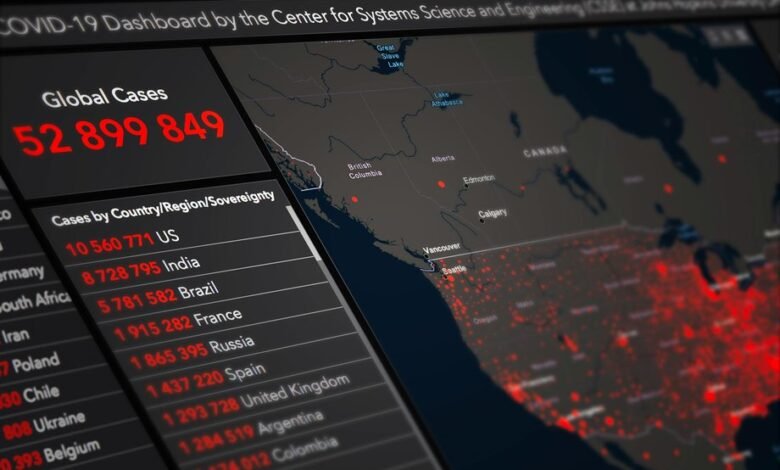Digital Caller Identity Tracking Control System 3509544387 3207750370 3890058754 3203250513 3456117899 3240857091

The Digital Caller Identity Tracking Control System represents a significant advancement in telecommunications security. By employing sophisticated algorithms, it verifies caller identities to mitigate fraudulent interactions. This system prioritizes user privacy and enables secure management of personal information. As telecommunications evolve, understanding its key features and potential benefits becomes essential. The implications of this technology on future caller identification methods warrant further exploration.
Understanding the Digital Caller Identity Tracking Control System
As telecommunications evolve, understanding the Digital Caller Identity Tracking Control System becomes essential for enhancing communication security and user privacy.
This system leverages advanced caller identification methodologies to ensure that users can discern authentic communications from potential threats.
Key Features and Functionality
The Digital Caller Identity Tracking Control System incorporates several key features that enhance its functionality and effectiveness.
It ensures caller verification through advanced algorithms, significantly reducing fraudulent interactions.
Additionally, it emphasizes privacy protection, allowing users to manage their personal information securely.
These features collectively promote user confidence and autonomy, facilitating a seamless communication experience while safeguarding individual rights against unauthorized data access.
Benefits of Using the System
Enhanced security and trust are paramount benefits of utilizing the Digital Caller Identity Tracking Control System.
This system significantly enhances user privacy by verifying caller identities, thus reducing the risk of fraud. Moreover, it fortifies call security, ensuring that sensitive information remains protected.
Future of Caller Identification Technology
While advancements in technology continue to reshape communication, the future of caller identification technology promises to further enhance security and user experience.
Innovations in caller authentication methods, such as biometric verification and AI-driven algorithms, aim to address privacy concerns effectively.
Conclusion
In an era where communication is often marred by deception, the Digital Caller Identity Tracking Control System emerges as a pivotal advancement. Coincidentally, as the rise of telecommunication fraud parallels the growing reliance on remote interactions, this system offers a vital solution. By integrating advanced algorithms and promising future innovations like biometric verification, it not only enhances security but also cultivates user trust. Ultimately, this technology redefines the landscape of caller identification, ensuring a safer digital communication environment.




